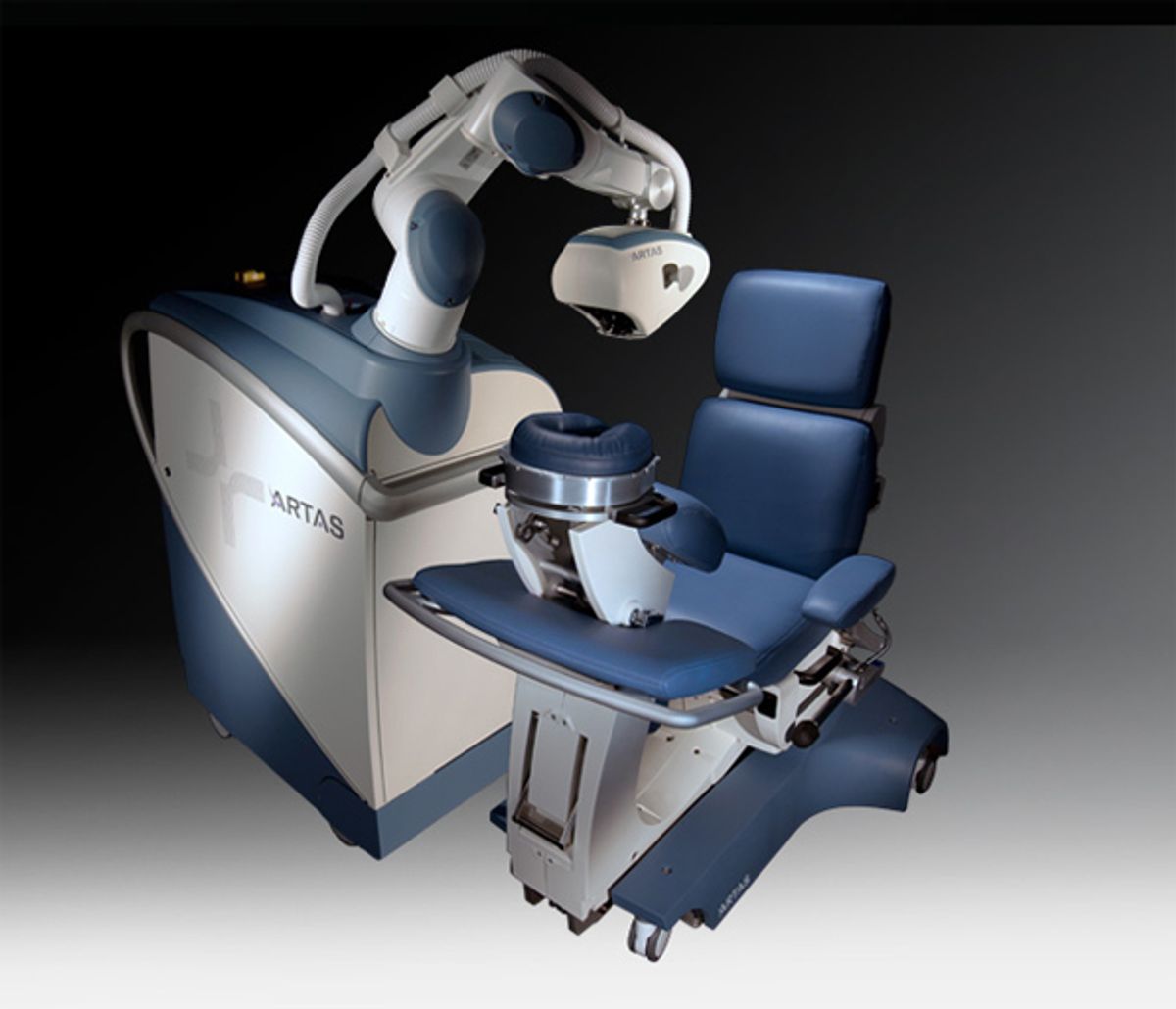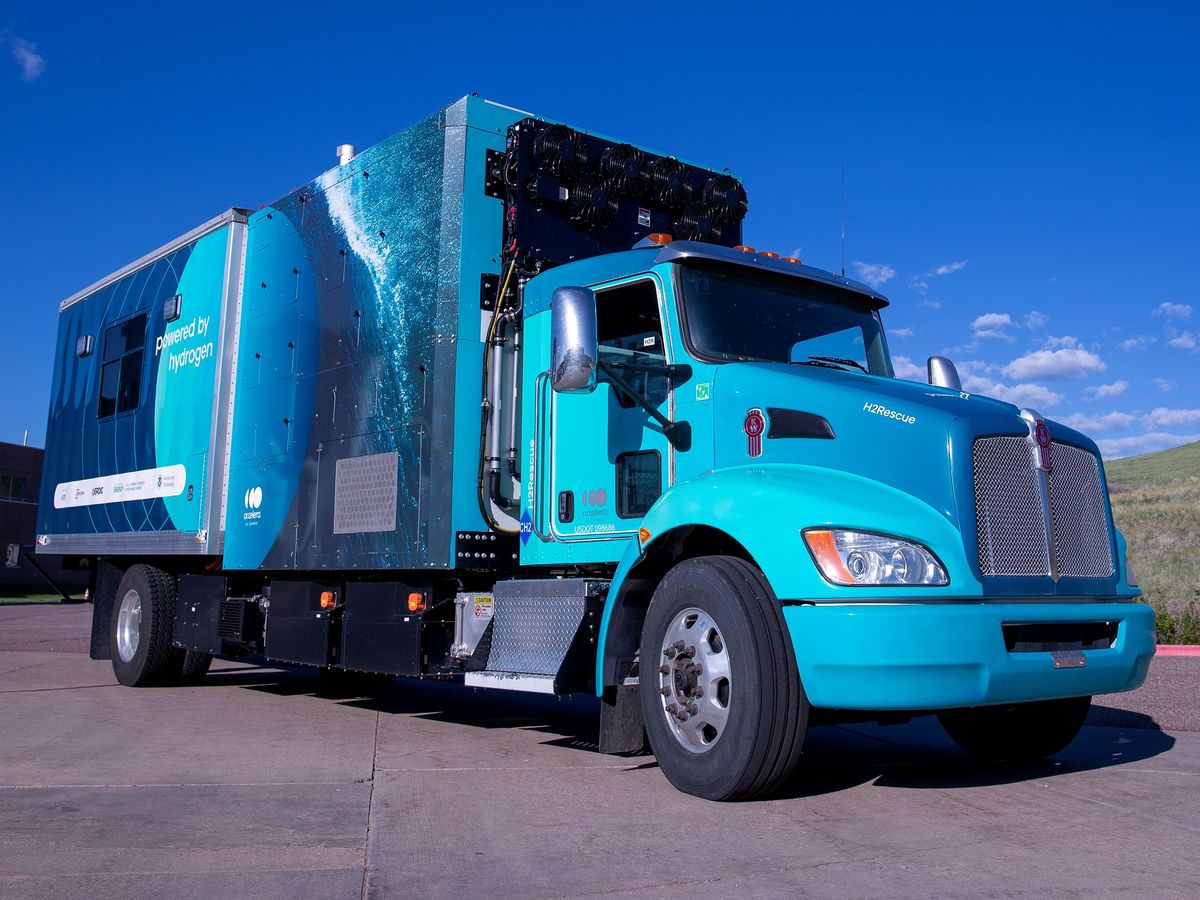Lots of news lately from San Jose-based robo-surgeon manufacturer Restoration Robotics. In October, the company announced that it had just sold its 100th ARTAS robotics system (at about US $200,000 each) and “harvested” its 10 millionth hair follicle. (At about 1200 to 1600 hair follicles per patient, that’s perhaps 7000 or so patients that have had the robotic surgery.)
And this month, news came out that the backers of Restoration Robotics, among them venture firms Sutter Hill, Clarus, and InterWest Partners, had just put a few more million dollars into the company, closing out a Series C round of $45 million, for a total investment to date of more than $70 million. (That’s $7 per hair if you’re counting.)

Restoration Robotics started in 2002, and its first-generation product received Food and Drug Administration clearance in 2011. This latest round of funding aims to bring a second-generation robot to market.
The VCs aren’t making a crazy bet—cures for baldness are a $3.5 billion market annually—and that’s just in the United States. If Restoration Robotics gets a decent piece of that market, its investors would win big.

The ARTAS robot, using an onboard camera and analysis software, analyses high-resolution images of a patient’s scalp and selects follicles to extract; a doctor watching a monitor (in the same room or remotely) oversees these choices. The robot then uses one needle to break the skin and then follows it with a hollow needle to punch out the follicle. The doctor later manually inserts the follicles into previously bald areas of the scalp.
A typical harvesting session takes 6 to 10 hours—that’s a long time for a patient in a chair, but it’s faster than a doctor could do it working follicle by follicle, which is why surgeons extracting follicles manually usually take off strips, not individual follicles. Restoration Robotics advertises its approach as less likely to leave scarring and more likely to lead to a natural look.
Tekla S. Perry is a senior editor at IEEE Spectrum. Based in Palo Alto, Calif., she's been covering the people, companies, and technology that make Silicon Valley a special place for more than 40 years. An IEEE member, she holds a bachelor's degree in journalism from Michigan State University.



